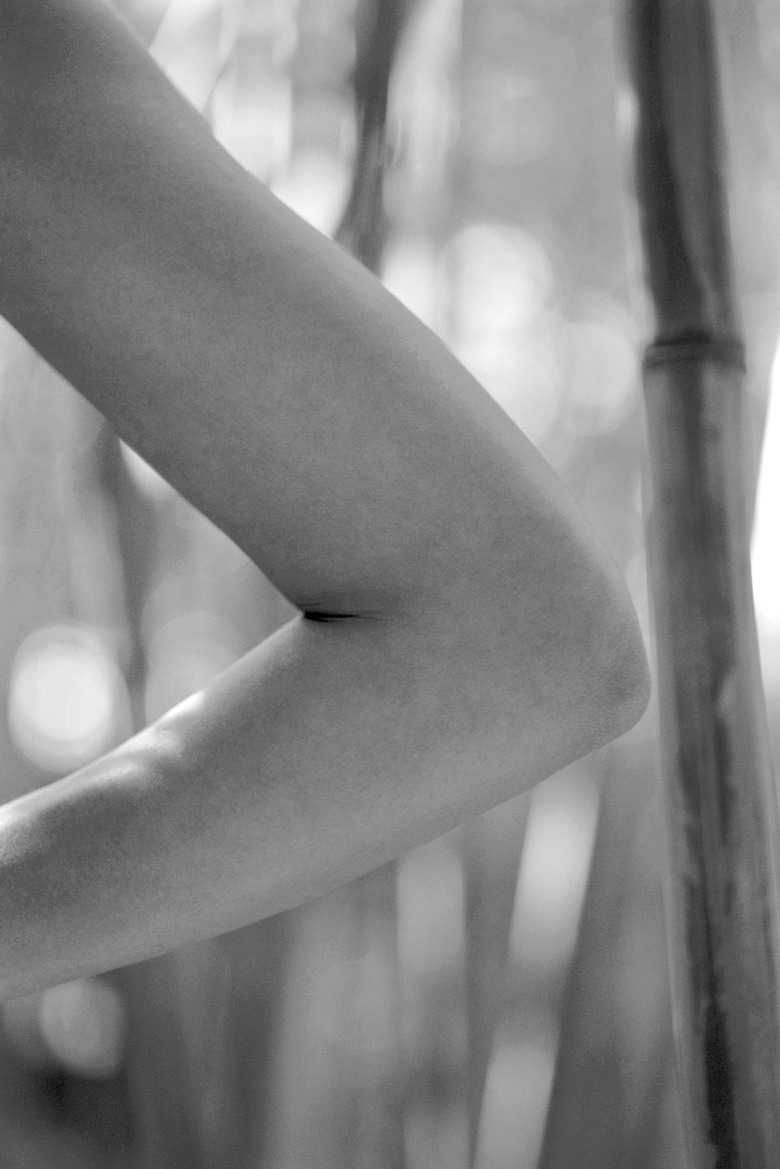How To Measure The Carrying Angle With A Goniometer
A goniometer is used to identify the angle of the bend in joints. Physical therapy specialists use this information to get an idea of the patients' situation and design treatment plans as needed.
Normal joint function is essential for proper range of motion and a healthy skeletal structure.
Elbow Anatomy
Elbow Anatomy
Each forearm consists of two bones, the radius and the ulna. The upper arm contains the humerus bone. The elbow is where the forearm meets the upper arm. Layers of cartilage cushion the joint while ligaments and muscles attach to aid movement.
Most people think elbows are one joint, but the elbow consists of three joints, the humeroulnar, humeroradial and proximal radioulnar. Humans use the humeroulnar joint, the point where the humerus and ulna meet, for bending the arm.
At the point where the radius and humerus meet, the humeroradial joint is formed, which helps the arm to bend and rotate. The proximal radioulnar joint, the point where the radius meets the ulna, isn't involved in bending but is essential for rotating the forearm.
Carrying Angle
Carrying Angle
Carrying angle is the bend in the arm that creates a natural distance between the arms and the sides of the body. The carrying angle of elbows allows room for the arms to move past the hips while walking. Carrying angle increases until around 15 years of age, or when skeletal development is completed, and then it decreases slightly.
The average carrying angle in men is 10 degrees away from the body and 13 degrees for women. Carrying angle can also be represented by measuring the full extension of the arm, which is on average 173 degrees for men and 167 degrees for women. Anthropologists may be able to use carrying angle of bones for sex determination.
Problems With Carrying Angle
Problems With Carrying Angle
A cubitus valgus arm is when the arms carrying angle is greater than average. Fractures or congenital conditions can cause a condition called cubitus valgrus. Left untreated, cubitus valgus can cause pinching or compression of the ulna nerve which can lead to ulnar neuropathy.
Symptoms of ulnar neuropathy include tingling, numbness, pain, weakness and, in severe cases, loss of sensation in the fingers.
When the carrying angle is too small this is called cubitus varus. Fractures due to malnutrition are the primary cause of cubitus varus. Treatment typically involves surgery after the initial fracture has had a year to heal.
Without treatment, people have a higher risk of fracturing their arm again, unstable movements and tardy ulnar nerve palsy.
Goniometer Basics
Goniometer Basics
Goniometers measure angles, specifically the angles of joints. They are usually made out of plastic or metal and look like a ruler with a circular joint in the middle called a fulcrum.
One of the arms moves, and the other stays still. Regular assessments of joint range of motion and carrying angles help track joint function during treatment plans.
Using a Goniometer
Using a Goniometer
Using a goniometer is straightforward. First, line up the fulcrum with the patients' joint crease. Next, line up the stationary arm of the goniometer with the stationary part of the joint, for example, the upper arm or thigh.
Then, have the patient move the joint while the moving arm of the goniometer is used to track the joints motion. When the joint is at its peak stretch read the degrees off the circular join around the fulcrum to find the carrying angle degrees.
A goniometer can be used to measure joint flexion, bending and rotational movements. The carrying angle or range of motion should be recorded for injured and healthy joints for comparison. In situations where highly accurate readings are required, specialists opt for radiograph measurements.
References
- National Institute of Health: Carrying Angle of the Elbow — Excessive; David C. Dugdale
- Osteoarthritis and Cartilage: Altered Bone Density and Stress Distribution Patterns in Long-Standing Cubitus Varus Deformity and Their Effect Uring Early Osteoarthritis of the Elbow
- Healthline: Cubitus Valgus: What You Should Know
- Radiopaedia: Carrying Angle
- Medline Plus: Excessive Carrying Angle of the Elbow
- Arthritis Foundation: Elbow Anatomy
- International Journal of Paediatric Orthopaedics: Cubitus Varus Deformity – Rationale of Treatment and Methods
- Physiopedia: Goniometer
- Journal of Hand Surgery: Accuracy and Validity of Goniometer and Visual Assessments of Angular Joint Positions of the Hand and Wrist
- Journal of Indian Academy of Forensic Medicine: An Anthropometric Investigation Into The Probable Cause OF Formation OF 'Carrying Angle': A Sex Indicator
Cite This Article
MLA
Jerrett, Adrianne. "How To Measure The Carrying Angle With A Goniometer" sciencing.com, https://www.sciencing.com/measure-carrying-angle-goniometer-10000298/. 22 July 2019.
APA
Jerrett, Adrianne. (2019, July 22). How To Measure The Carrying Angle With A Goniometer. sciencing.com. Retrieved from https://www.sciencing.com/measure-carrying-angle-goniometer-10000298/
Chicago
Jerrett, Adrianne. How To Measure The Carrying Angle With A Goniometer last modified March 24, 2022. https://www.sciencing.com/measure-carrying-angle-goniometer-10000298/
